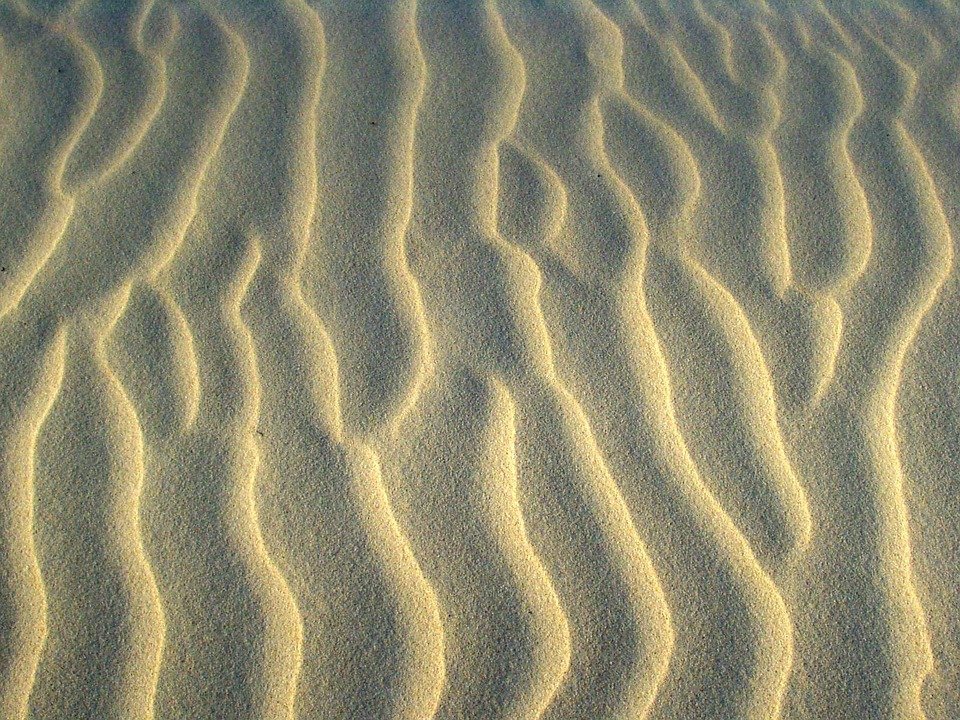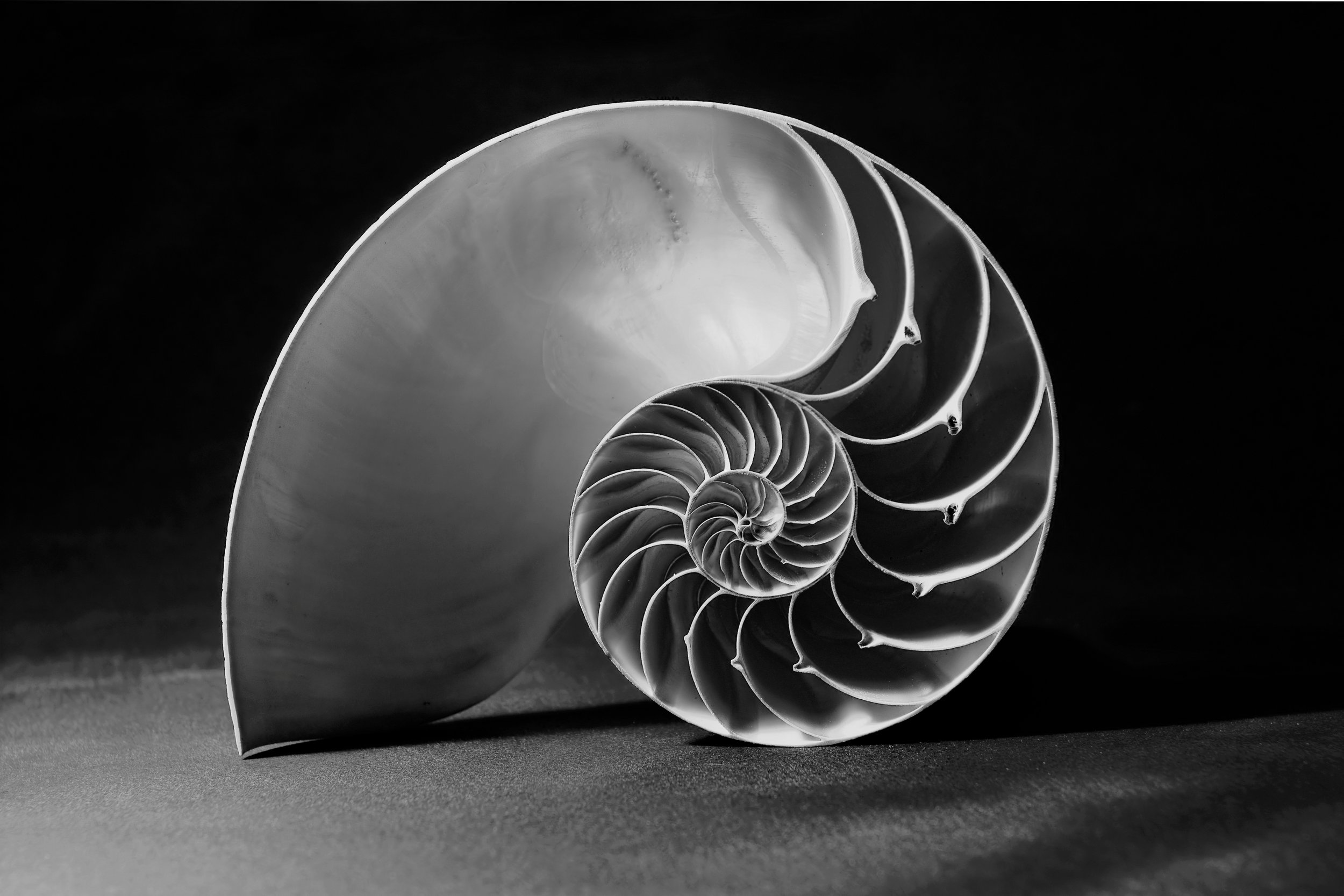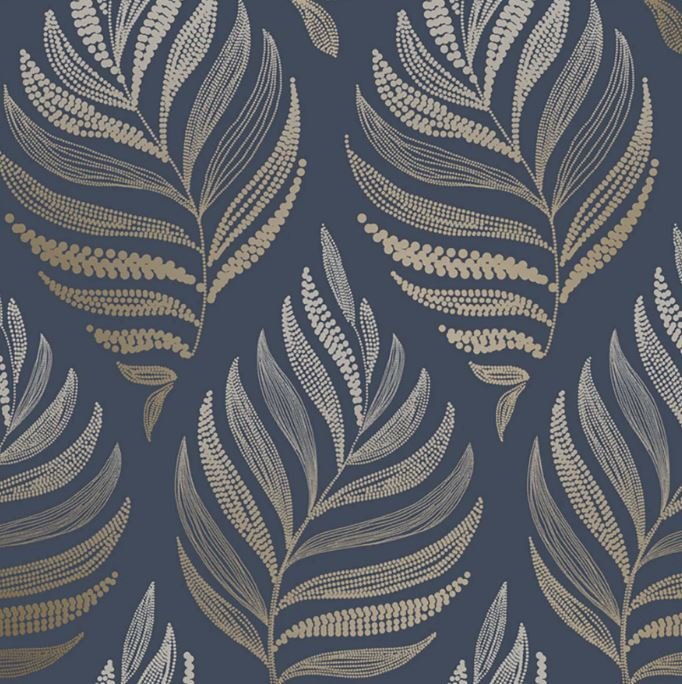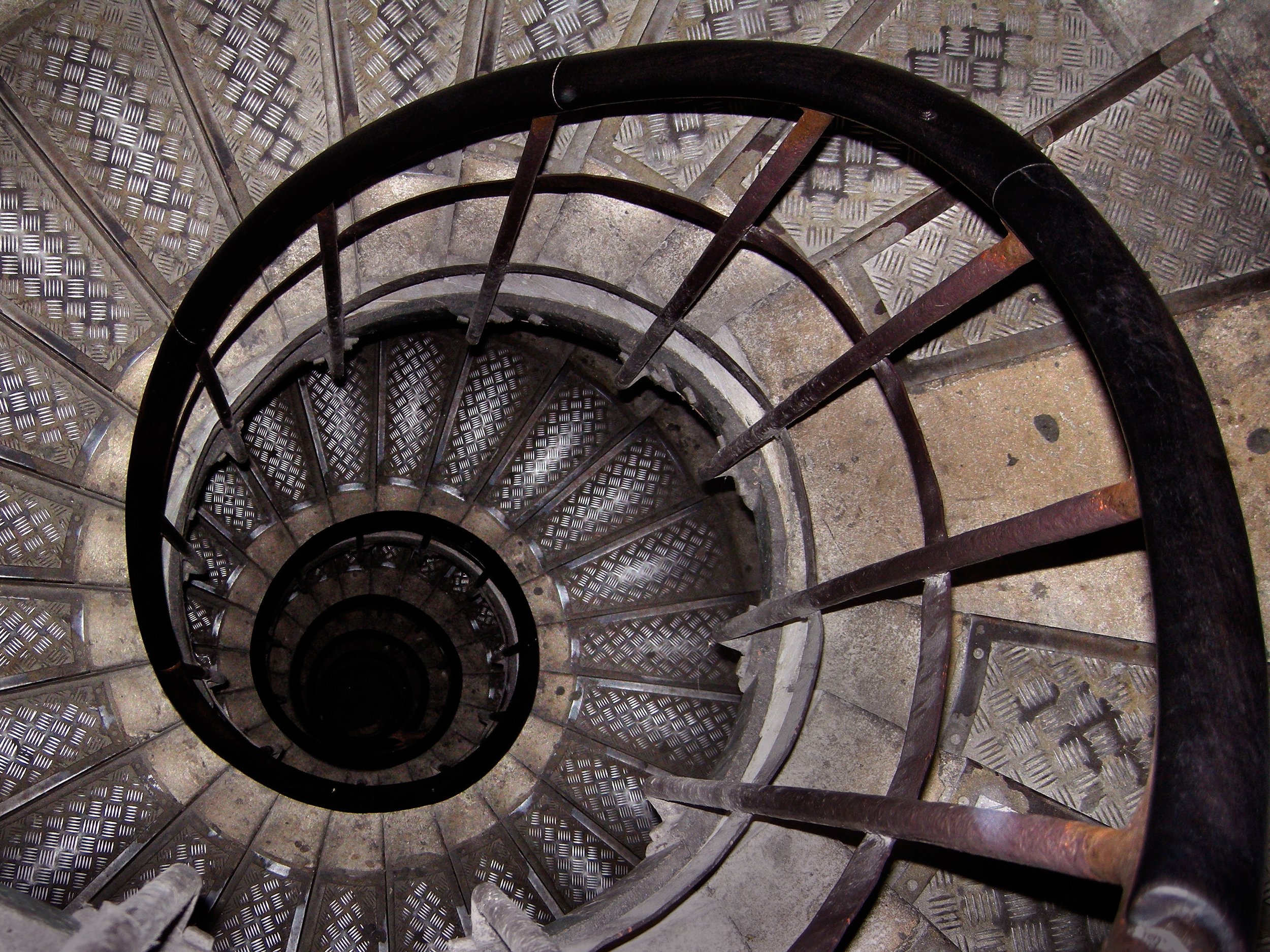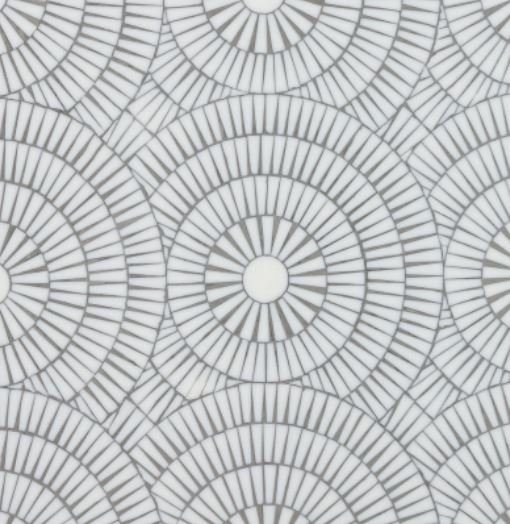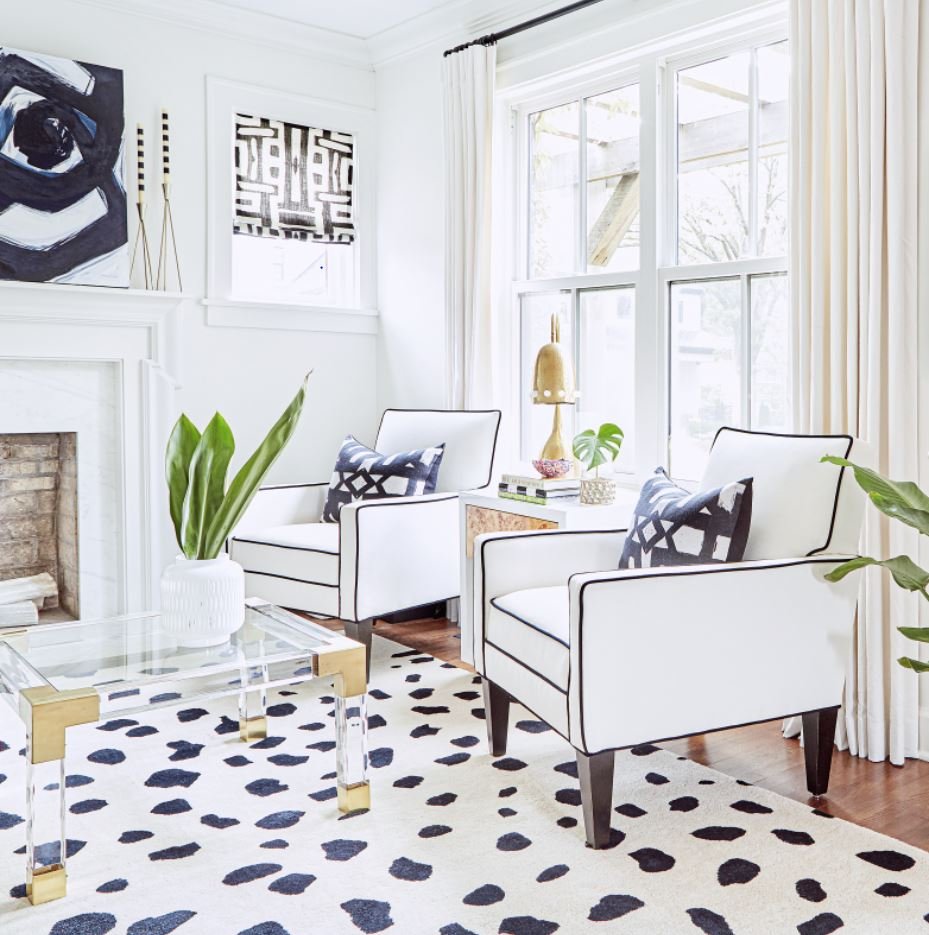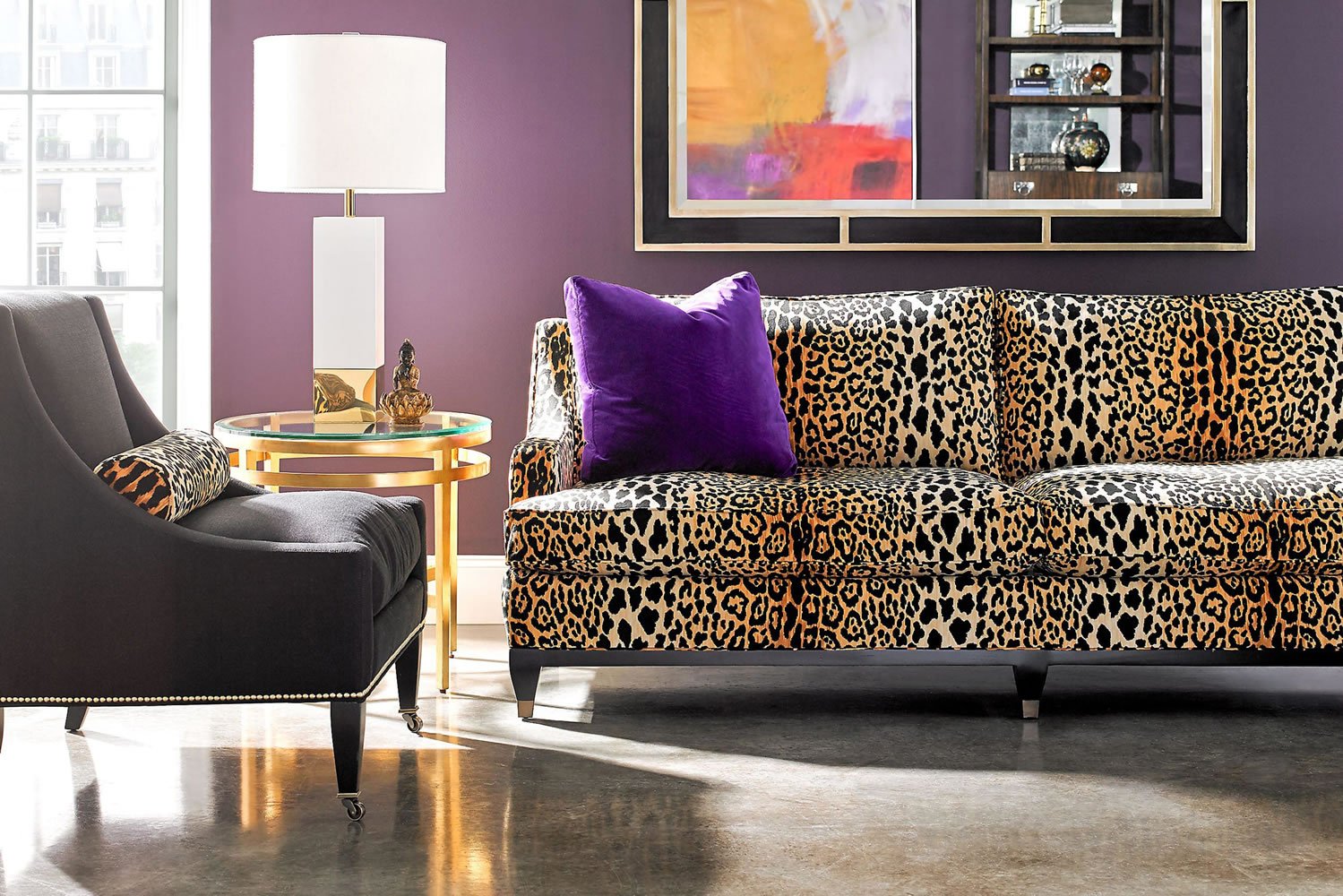Mind the Design! Part 11
PATTERNS
Part 11 in the Mind the Design! Series
This month, we’re taking our Blog Series in a new direction. After considering the impact and influence various colors and neutrals have on our psyche, we’ll discuss the physical and psychological impacts of patterns in design and décor. Patterns appear everywhere in our daily lives: in nature, sounds, light, architecture, fabrics, and furniture, to name a few. Some patterns are obvious, such as stripes and repeated shapes – and others are there more subtle, such as flooring and paneling. How patterns impact our experience in a home or workspace is similar to color with respect to how they stimulate our perception of a room, and our response is based on how we are wired: biologically as humans, and individually.
Biologically, we are drawn to patterns that occur in nature, especially ones that repeat at different scales. These are known as ‘fractals’. Fractals can be found in ripples, shells, and leaves, among other things, and speak to us on a very basic level. As noted in the article, https://www.reclaimedflooringco.com/natural-patterns-how-they-affect-us-in-any-interior/ “Researchers have also proposed that organic patterns in art, architecture and landscapes may be inherently preferred over synthetic forms, and that exposure to naturalistic architectural spaces may induce many of the psychological benefits of interacting with nature itself. In such built environments, we tend to feel less stressed and anxious, more relaxed and engaged. As it turns out, many studies indicate that exposure to fractal patterns in nature reduces people’s levels of stress by as much as 60%. The stress reduction effect transpires due to physiological resonance that takes place within the human eye.”
Art imitates life - leaves, sand, nautilus, and water are just a few sources of Fractal images that can all be replicated in interior design
When is a pattern not a pattern? When it is a shadow image in the same color as it’s base - such as this Damask fabric. A subtle and beautiful way to include pattern in a calming manner.
Individually, how we respond to patterns is based on our experiences and personalities. The strict construct of a striped fabric, a randomized but repeating pattern of an abstract wallpaper, or even the natural influence of a leaf motif can generate a cheerful response in one person and an anxious reaction in another. People who appreciate structure and order may be drawn more to rectilinear lines such as sharp angles, flat surfaces and predictable patterns. On the other hand, people whose lives are more enhanced by softness and free-flowing organization lean toward less-ordered patterns and unstructured designs.
To paraphrase Sally Augustin, PhD, an environmental psychologist in an interview on the podcast, https://www.apa.org/news/podcasts/speaking-of-psychology/psychology-design: an important consideration when you're choosing a pattern for a place in your life is the relative number of curving lines versus the number of straight lines. When people are exposed to relatively more curvy lines they think a space is more comfortable whereas when they’re seeing mainly rectilinear lines thoughts of efficiency come to mind.” The good news is that both of these approaches can be found in nature – hard rock ledges, straight trees as well as wandering streams and variegated plants – so our inherent need to relate to the natural environment can be met either way.
Herringbone wood floors are a centuries-old use of pattern
So what does one do with patterns to create the right environment? If a person needs to draw energy and positive feelings from their surroundings, they should consider busier patterns on curved surfaces, or sharper angles with brightly colored accent pieces. Enhancing one’s environment could be as simple as stacking magazines on table or fanning them out. If one is easily agitated or experiences anxiety, curved lines and patterns paired with monochromatic surfaces will present a calm environment. So, too, will clean rectilinear lines with tidy open spaces. ‘What if I like both?’, you ask. Finding a happy medium that includes both angles can easily be achieved. A blend of hard surfaces with right-angles can be softened by curved furnishings and playful art, as well a curved sofa can be upholstered in a striped fabric.
Madcap Cottage is known for their exuberant use of multiple patterns in a living space.
In addition to recognizing what type of pattern is most appealing, we must also understand how much is too much, or too little. Design aesthetics run from extreme minimalism to riots of color and pattern. Where to draw the line, so to speak, on what’s too much or too little of either design consideration, depends upon one’s response to patterns in general. Much has been said on the subject of de-cluttering. Many people achieve a sense of calm and organization by cleaning out cupboards and removing uncessary items from their homes and offices. But short of hoarding, others can find solace in having “things” on flat surfaces and walls. As Coco Chanel famously said, “Before you leave the house, look in the mirror and take one thing off.” The same rule can be applied to one’s home or workspace. So de-clutter where it makes sense but don’t go past the point of feeling empty and un-tethered to your space. The more we know ourselves, the better we can make these choices.
Spatial quality – where and how patterns are used – can be accomplished in many ways as well:
Bring patterned rugs, drapes and throw pillows to add drama to a plain fabric sofa or chair - OR - flip it and put in in the furniture fabricwith plain pillows and rugs
Blend natural influences into a room such as plants, woods and stone
Employ paneling and detail to walls to create the ‘damask effect” - a pattern in the same colors
Use to develop interesting patterns such as tile floors, backsplashes and walls.
Create contrast for visual stimulation to offset monochromatic surfaces
Be bold (if you can) and put stripes and prints together to display a artistic flair.
When patterns are utilized successfully, a room’s appeal can be boosted and your satisfaction increased.
What can patterns do for you? Think about how and where you can incorporate a variety of lines and patterns into your environment in a balanced and cohesive manner for the greatest positive impact.
Check back in May as we turn to influence of Textures on interior design.



